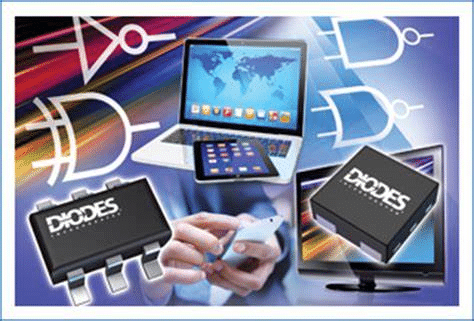In its diode function, the device showcases a rectification ratio as high as 104.
Tsinghua University researchers have recently made a significant breakthrough by developing innovative non-volatile reconfigurable devices. These devices have the ability to switch between various functions such as diodes, memories, logic gates, and artificial synapses, making them particularly useful in neuromorphic computing hardware. Unlike traditional devices that rely on silicon, these new reconfigurable devices are based on the semiconductor molybdenum ditelluride, addressing some of the limitations typically associated with silicon-based technology.
Non-volatile reconfigurable devices, which are pivotal in enhancing integration levels and reducing power consumption in cutting-edge electronics, show great promise due to their versatile capabilities. The use of two-dimensional semiconductors, particularly for their atomic thinness and effective gate control, makes them ideal candidates for these devices. However, designing these devices to perform a range of reconfigurable functions with a simplistic device configuration poses significant challenges.

The new approach involves employing a strategically programmed effective-gate-voltage-graded-doping strategy. This technique has been successfully applied to create a single-gate two-dimensional molybdenum ditelluride device, capable of multiple reconfigurable functions. The device can be programmed to operate as a polarity-switchable diode, a memory unit, in-memory Boolean logic gates, and artificial synapses exhibiting both homosynaptic and hetero-synaptic plasticity.
In its diode function, the device showcases a rectification ratio as high as 104. When configured as an artificial hetero-synapse, it displays heterosynaptic metaplasticity with the added advantage of extremely low modulatory power consumption, which can be reduced to a mere 7.3 femtowatts. This advancement marks a significant leap in the field of non-volatile reconfigurable devices, offering a versatile and energy-efficient solution for next-generation electronics.
In future, the device holds potential for improvements and integration with existing electronics. This device is poised for additional experimental evaluations to fully explore its capabilities. Moreover, its innovative design could serve as an inspiration for the creation of other reconfigurable and multifunctional devices. Such advancements are likely to open new and promising avenues in research, aimed at significantly advancing the field of electronics.






